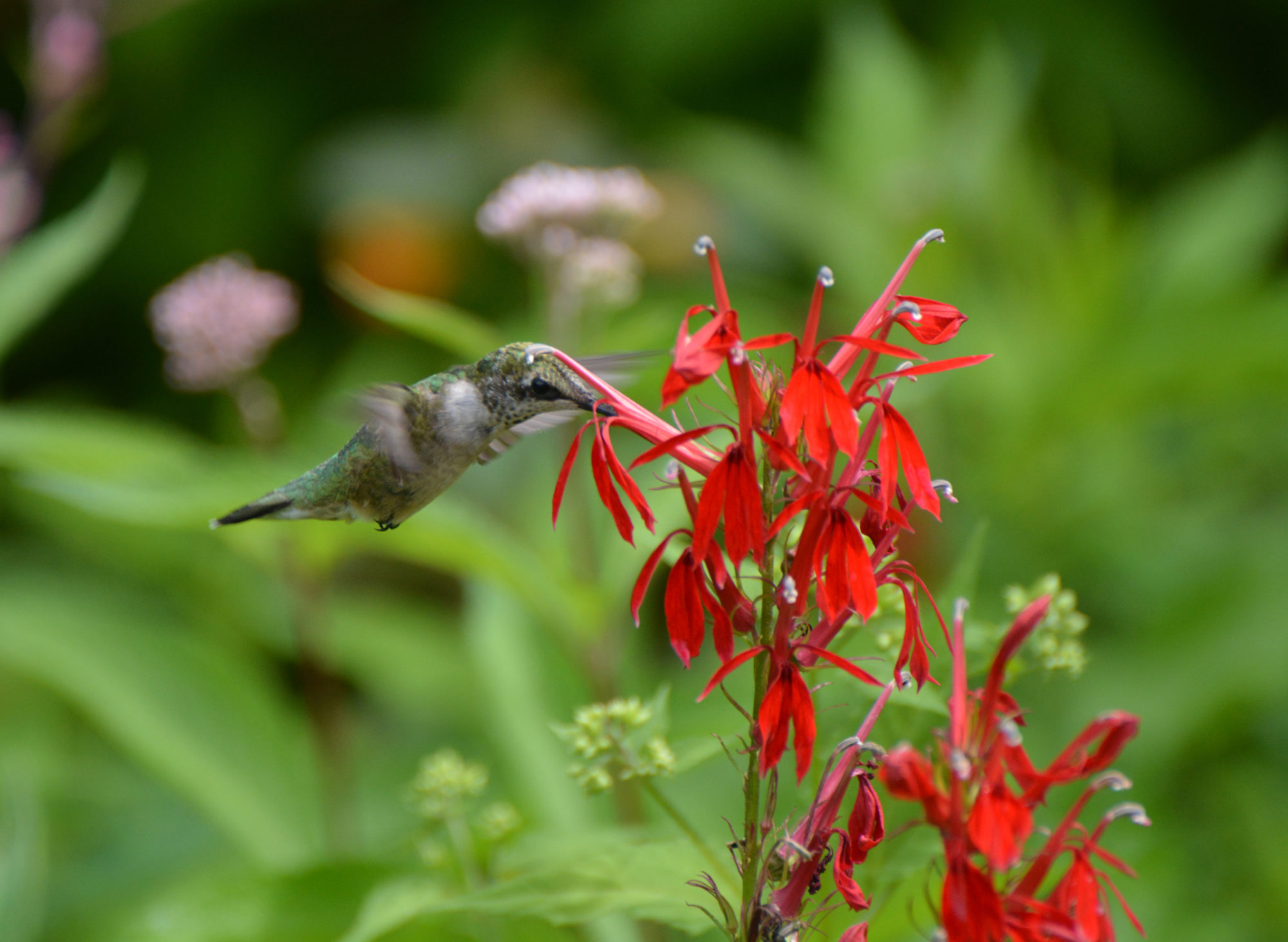Monarch butterflies and milkweed
Journey North – Very easy!
SPONSOR: Univ. of Wisconsin/Madison Arboretum; Annenburg Learner
“We envision a future where individuals of all ages create a community of action, by contributing observational data and acting as ambassadors for the conservation and protection of migratory species.”
Learn more about the monarchs and milkweed project so you can report the relevant details. (There are other creatures and plants you can track as well.)
Monarch Rx – Easy!
SPONSOR: SciStarter Affiliate
Learn more about this project, which studies the monarch butterfly’s “pharmacy.” More info is at CitSci.org.
“Despite being very poorly documented, this behavior potentially plays one or more important roles in the life history of Danaus plexippus [i.e. the Monarch butterfly]. Better understanding of this curious aspect of their biology could also contribute to successful conservation.”
Monarch Nectar Plant Database
SPONSOR: Xerces Society
Budburst: Milkweed and Monarchs
SPONSOR: Chicago Botanic Garden
This Budburst project is studying the question: Do monarch butterflies prefer to lay eggs on flowering or non-flowering milkweed stems? “Some scientists have found preliminary evidence that monarchs prefer to lay eggs on young milkweeds that have not yet started to flower. If data shows that monarchs lay more eggs on non-flowering plants, managing milkweed patches, though mowing or cutting back the plants, may help support monarchs and lessen the declines.”
Help scientists answer this question!
Resources for Budburst Milkweed and monarchs:
- BudBurst – Milkweeds and monarchs
Budburst: Migration and Monarchs
“Follow the monarch migration through North America by keeping an eye on local milkweeds during spring and summer. … Up north, start watching for eggs in late spring and summer. You can help us understand the important relationships between monarchs and milkweeds by determining when and where monarchs around you are laying their eggs!”
Monarch Watch Calendar project – Very easy!
SPONSOR: Monarch Watch at Univ. of Kansas
You can learn what you need to know for this very simple, but important, project at Monarch Watch Calendar Project. As it implies, you note which days you see monarchs as well as any weather that would make it unlikely to see monarchs.
You indicate whether or not you see a monarch during two time periods. Since CNY is in the monarch’s Northern range, for us Period 1 is from April 1 to June 20, and Period 2 is from July 15 to August 20.
It’s easy to create a one-sheet calendar highlighting the counting dates to simply keeping track of data.
You need to register with a gmail address since the project uses Google Docs and you need to provide your address and Lat/Long since the observation time periods are different in the south and in the north.
Monarch Watch Tagging
SPONSOR: Monarch Watch at Univ. of Kansas
The Monarch Watch Tagging Program is a large-scale community science project that was initiated in 1992 to help understand the dynamics of the monarch’s spectacular fall migration through mark and recapture.
You need to buy tagging kits from the Monarch Store (as of 2022, $15 for 25 tags). Monarch Watch Tagging Kits include a set of monarch butterfly tags, a datasheet, tagging instructions, and additional monarch/migration information.
For this project you need to be (or become) comfortable catching and holding monarchs and learn how to do so without harming the butterfly.
Monarch Larva Monitoring Project
SPONSOR: Univ. of Wisconsin-Madison Arboretum
Tracks monarch eggs, larvae, and milkweed throughout North America. Learn more about this project.
This one is doable but requires training, which can be in-person or virtual.
Other butterflies
Red admiral and Painted Lady Research
SPONSOR: Iowa State Univ. Entomology Dept.
Learn more about this project.
Although the lady butterflies of the genus Vanessa are not as familiar or as well-studied as the Monarch (Danaus plexippus), their behavior and migration are likewise well worth observing. Much remains to be discovered about their habits and how their behavior and seasonal distribution varies by geographic location. Observers and experimenters ranging from casual to serious can discover new and valuable information about these butterflies.
The most important thing is to learn to identify these butterflies. For us here in CNY, it includes the Painted Lady, the American Lady, and the Red Admiral (a group of butterflies known as the Vanessa butterflies). Then, just be on the lookout for them and submit observations.
Check out the tabs on the home page and you can learn interesting things about these butterflies.
